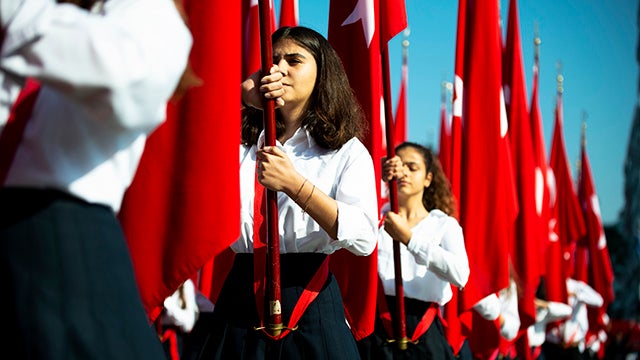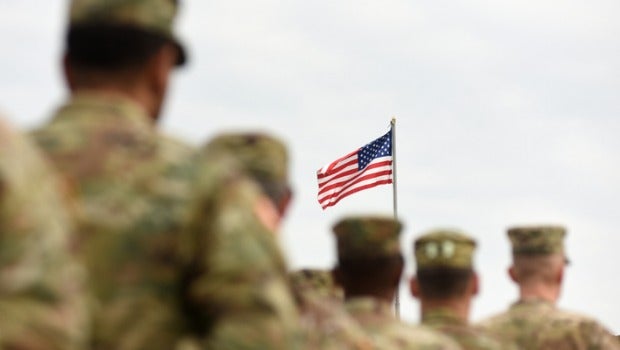Liya Khan is a scholar at the 2019 Aspen Security Forum.
Earlier this year, news headlines lit up with the lives of Shamima Begum and Hoda Muthana, two women who had left Islamic State territory in Iraq and Syria to return to their respective countries. Years before, both women had traveled to join the group as voluntary members. Upon the territorial collapse of ISIS, and the waves of women fleeing the last parts of previously ISIS-dominated areas for refugee camps, both Shamima and Hoda attempted to return to their home countries. But as the two women faced difficulties in prosecution for their membership in the Islamic State—through legal loopholes regarding citizenship or participation in violence—it became clear that justice systems across the world were poorly equipped to deal with women insurgents.
The women were covered as ‘jihadi brides’ across news outlets, falsely painting the exclusive role of women in ISIS as wives to combatants. In reality, women in ISIS hold a variety of roles, from assisting in the captivity of other women belonging to religious minorities, to controlling a local police brigade aimed at enforcing adherence to ISIS’ harsh interpretation of Shariah law. Our collective understanding of women’s participation in insurgent violence has been compromised by positive security bias, or the notion that women are less capable of violence in conflict than men, as well as a lack of gendered analysis through which we understand insurgencies. Nowhere is this failure more profound than the designation of women ISIS members as ‘jihadi brides.’
The available research on women who have joined ISIS reveals that of the 4,761 women believed to have traveled to Iraq and Syria to join the group, demographics span age, marital status, and education. Their radicalization processes seem to disproportionately happen on the internet, raising additional questions of how to counter the appeal of gendered messages online. In addition to fulfilling roles as wives and mothers within the Caliphate, women occupy positions either directly involved in or proximal to violence. And especially as the group becomes desperate to hold on to territory following campaigns by the global coalition, women have been increasingly featured in ISIS propaganda as critical to combat operations. Women’s participation in promoting its reach through governance, training, and front-line fighting, has taken a backseat to the media blitz.
The failure to cover the dynamics of insurgent women comes to the forefront of security issues in the aftermath of ISIS’ prominent role in the region. Gendered perspectives that explore the intersection of women are necessary to understand not only the risk that female returnees pose, but also how radicalization processes for women bring them into the fold of insurgency. A gendered analysis may also provide better insight into the efficacy of counterinsurgency operations in conflict. Measures of violence involving women, and the incorporation of women into combatant operations reveal information about the reach of counterinsurgency operations into civilian populations. The future of women in ISIS reveals a stark need for comprehensive gendered conceptions of women insurgents and the legal systems that stand to prosecute them for their crimes.
The views and opinions of the author are her own and do not necessarily reflect those of the Aspen Institute.


